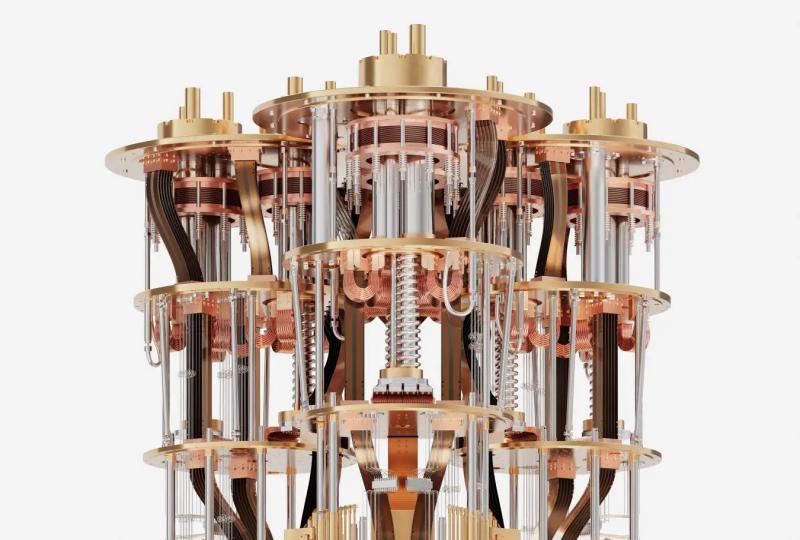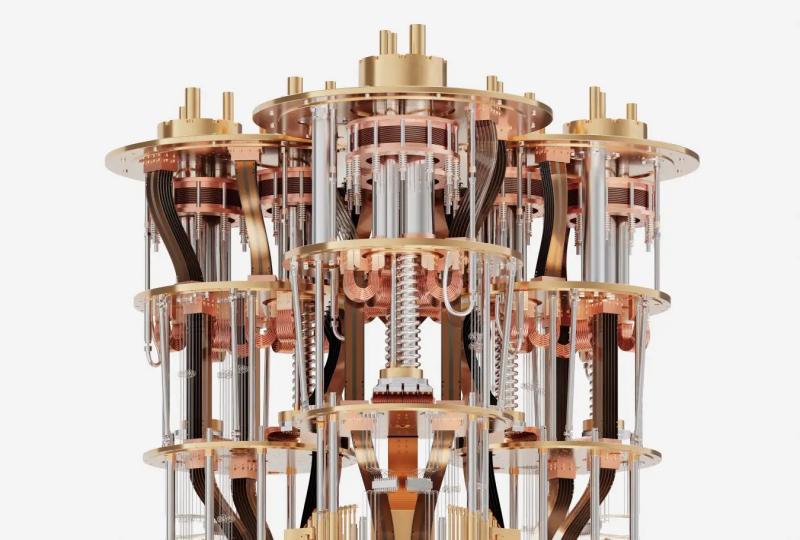Quantum Analyzers - Decoding the Mysteries of Quantum Phenomena
2025.07.07 · Blog Quantum-analyzer
Introduction
In the ever - expanding universe of quantum technology, quantum analyzers stand as essential tools, enabling us to peer into the mysterious and often counter - intuitive world of quantum mechanics. These devices are designed to measure, interpret, and make sense of quantum states, properties, and interactions, bridging the gap between theoretical quantum concepts and practical applications.
What is a Quantum Analyzer?
A quantum analyzer is a specialized instrument that focuses on the analysis of quantum - related parameters. At its core, it is engineered to detect, quantify, and understand the behavior of qubits (quantum bits), the fundamental units of quantum information. By precisely measuring properties such as qubit states, coherence times, and entanglement, quantum analyzers provide valuable insights into the performance and characteristics of quantum systems.
Functions of a Quantum Analyzer
-
State Detection: One of the primary functions of a quantum analyzer is to determine the state of qubits. Since qubits can exist in superposition states (a combination of 0 and 1 simultaneously), accurately detecting their state is crucial. Quantum analyzers use techniques such as microwave spectroscopy or photon detection to identify the state of qubits at a given moment. This information is vital for ensuring the correct operation of quantum algorithms, as the outcome of a quantum computation depends on the initial and final states of the qubits.
-
Coherence Time Measurement: Coherence time is the duration for which a qubit can maintain its quantum state before decoherence occurs (losing its quantum properties due to interaction with the environment). Quantum analyzers can precisely measure coherence times. Longer coherence times are desirable as they allow for more complex quantum operations to be performed. By measuring coherence times, researchers can identify sources of decoherence and develop strategies to mitigate them, such as improving the isolation of qubits or optimizing the design of quantum hardware.
-
Entanglement Verification: Entanglement, a phenomenon where two or more qubits become correlated in such a way that the state of one qubit instantaneously affects the state of another (regardless of the distance between them), is a key resource in quantum computing. Quantum analyzers can verify the presence and quality of entanglement. This is essential for applications like quantum teleportation, quantum key distribution (for secure communication), and some advanced quantum algorithms that rely on entangled qubits to achieve their computational power.
Types of Quantum Analyzers
-
Superconducting Quantum Analyzers: These are tailored for use with superconducting quantum systems, which are among the most widely - developed types of quantum computers. Superconducting qubits operate at extremely low temperatures, and superconducting quantum analyzers are designed to work in these cryogenic environments. For example, devices like the UHFQA (Ultra - High - Frequency Quantum Analyzer) and SHFQA (Super - High - Frequency Quantum Analyzer) are used to generate and detect microwave signals. These signals are used to manipulate and measure the states of superconducting qubits. The SHFQA, in particular, can perform high - speed and high - fidelity readout of multiple qubits simultaneously, making it an invaluable tool in superconducting quantum computing research.
-
Optical Quantum Analyzers: Optical quantum analyzers focus on quantum systems that use photons (particles of light) as qubits. In these systems, photons can be polarized, and their polarization states can represent qubit states. Optical quantum analyzers use components such as beam splitters, wave plates, and single - photon detectors. They can analyze the polarization, phase, and entanglement of photons. For instance, in quantum communication experiments based on optical qubits, optical quantum analyzers are used to verify the successful entanglement and transmission of qubits over optical fibers or free - space channels.
-
Nuclear Magnetic Resonance (NMR) Quantum Analyzers: NMR quantum analyzers are associated with NMR - based quantum computing and spectroscopy. In NMR, the nuclear spins of atoms in a molecule are used as qubits. These analyzers apply magnetic fields and radio - frequency pulses to manipulate and measure the states of these qubits. NMR quantum analyzers are useful not only in quantum computing research but also in chemical analysis. By analyzing the NMR spectra obtained from samples, chemists can determine the molecular structure and composition of substances.
Applications of Quantum Analyzers
-
Quantum Computing Research and Development: Quantum analyzers are the backbone of quantum computing research. They help researchers understand the performance of qubits, optimize quantum circuits, and develop error - correction techniques. For example, in the development of large - scale quantum computers, quantum analyzers are used to ensure that the increasing number of qubits can be controlled and measured accurately. This is crucial for achieving reliable and scalable quantum computing systems.
-
Quantum Communication: In the field of quantum communication, quantum analyzers play a vital role in ensuring the security and integrity of quantum - based communication channels. They are used to verify the entanglement of qubits used in quantum key distribution protocols. Quantum key distribution aims to provide unbreakable encryption by using the quantum properties of qubits. Quantum analyzers can detect any eavesdropping attempts by measuring the state of qubits and checking for any disturbances.
-
Biomedical and Healthcare Applications: Although still in the experimental stages in some cases, quantum analyzers are showing promise in the biomedical field. Some quantum resonance magnetic analyzers claim to be able to analyze bio - electromagnetic signals from the human body. These devices are hypothesized to detect subtle changes in the quantum states of biological molecules, potentially enabling early disease detection. However, more research is needed to validate these claims and establish the clinical significance of such measurements.
-
Materials Science: Quantum analyzers are used to study the quantum properties of materials. By analyzing the behavior of electrons and other particles within materials at the quantum level, researchers can gain insights into properties such as conductivity, magnetism, and superconductivity. This knowledge can be used to design and develop new materials with enhanced properties for applications in electronics, energy storage, and more.
Conclusion
Quantum analyzers are essential for unlocking the potential of quantum technology. Whether in the pursuit of building more powerful quantum computers, ensuring secure communication, exploring new frontiers in healthcare, or advancing materials science, these devices provide the necessary means to measure, analyze, and understand the quantum world. As quantum technology continues to evolve, quantum analyzers will play an increasingly important role in driving innovation across multiple industries.
Featured Content






